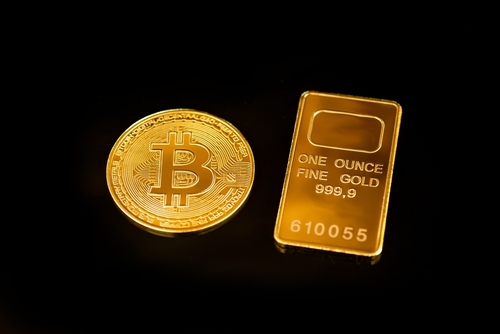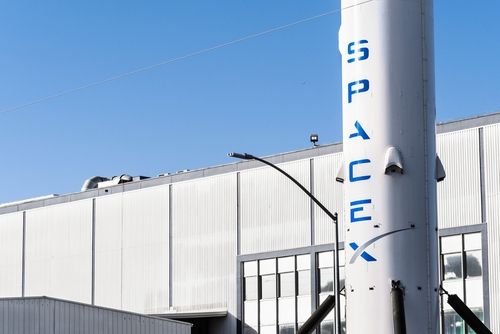Australia, New Zealand dollars lose to greenback, but gain on yen

SYDNEY, Oct 10 (Reuters) - The Australian and New Zealand dollars looked to be heading for a weekly loss on Friday as their U.S. counterpart benefitted from a broad rally, though the Aussie could still celebrate its best week against the Japanese yen in more than a year.
Even the battered kiwi made solid gains on the yen amid speculation Japan's incoming prime minister would favour a weaker currency and lean against hikes in interest rates.
The Aussie led with a jump of 3.1% for the week so far to 100.38 yen AUDJPY=R, just off an 11-month top of 100.99.
It had less luck against the U.S. dollar losing 0.5% for the week so far, though it was up a fraction at $0.6568 AUD=D3 on Friday. A repeated failure to clear resistance around $0.6624/29 puts the focus on support at $0.6540 and $0.6521.
The kiwi had steadied at $0.5753 NZD=D3, having shed 1.3% on the week and reaching a six-month low of $0.5735. It also struck a three-year trough on the Aussie at A$0.0873 NZDAUD=R.
The kiwi was undone by a half-point rate cut from the Reserve Bank of New Zealand, which flagged even more easing might be needed to revive a flagging economy.
Markets imply around an 80% probability of a 25-basis-point reduction in November to take rates to 2.25%, and a 36% chance of ending at 2.0%.
Two-year swap rates NZDSM3NB2Y= were down 6 basis points for the week at 2.5489, after hitting the lowest since early 2022. Ten-year yields NZ10YT=RR dropped 8 basis points to 4.158%, leaving them just 2 basis points above U.S. yields.
The Reserve Bank of Australia has sounded much more cautious about cutting its 3.65% cash rate, with governor Michele Bullock on Friday reiterating concerns about sticky inflation.
Bullock emphasised policy would be driven by economic data, with reports on jobs, inflation and household spending due before the next meeting on November 4.
"There is still enough data to come before the next RBA meeting to justify a November cut, even though currently available information would suggest a hold is more likely," said Luci Ellis, chief economist at Westpac.
"If the RBA does hold the cash rate steady at the November meeting, the chance increases that it cuts in February and ends up at a trough of 2.85% rather than something higher."







